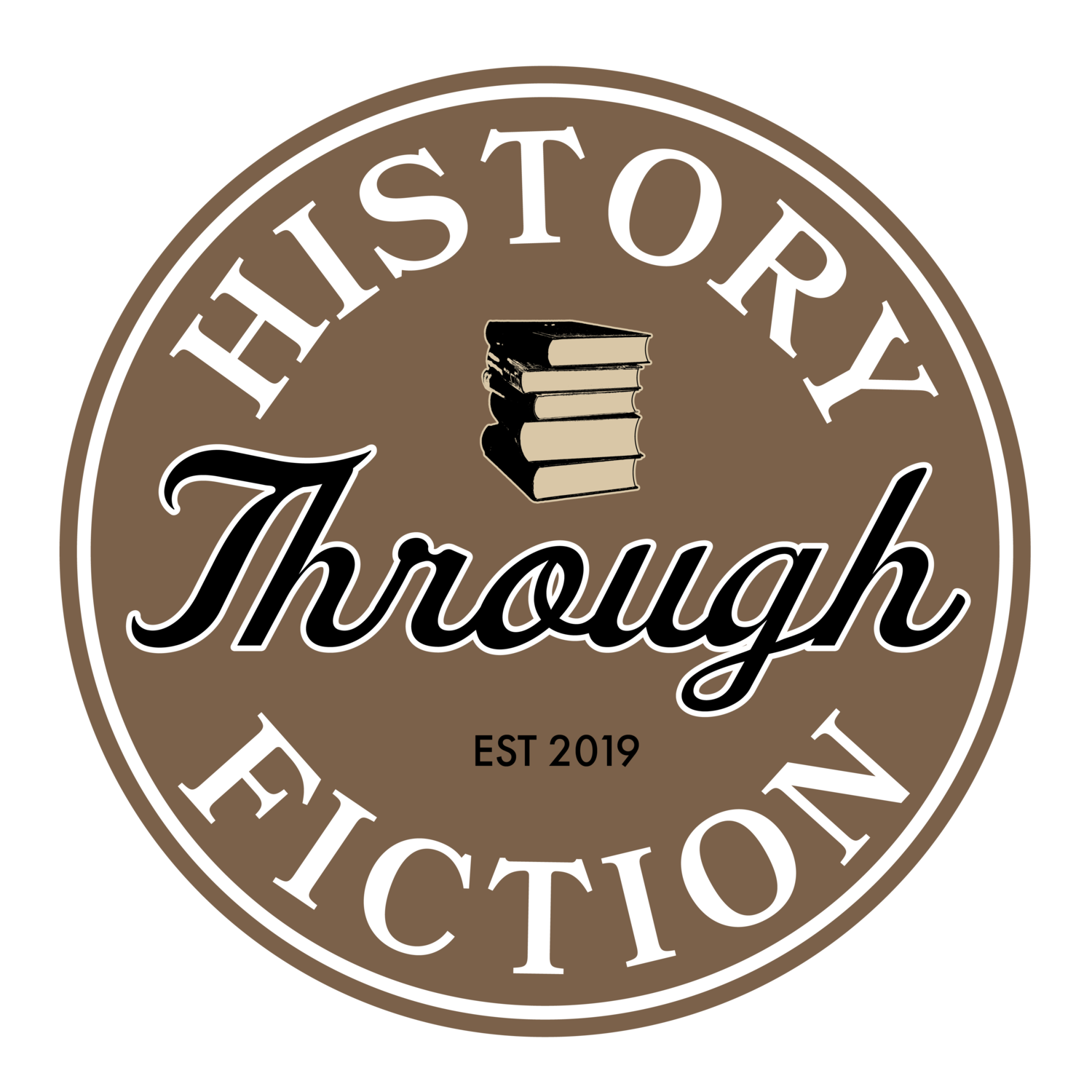The Importance of Historical Accuracy in Writing Clothing
Image Source: Pexels
Writers of most genres of fiction can get away with putting together a haphazard setting to serve their plot and characters. As a historical fiction writer, you don’t have that luxury. Conjuring a captivating, true-to-life historic world alongside a thrilling story is a big reason many readers love historical fiction. You'll want to utilize every tool to rise to the occasion.
One of your best tools is clothing descriptions. Whether you're centering your story around glittering royal families or the citizenry of a thriving, pre-colonial nation, your character's garments can do a lot in situating your readers and giving them a few fascinating details, too. Our own recommendation, the 2023 book Lucky Red, is a prime example. In this masterfully-crafted reimagining of the Western genre, author Claudia Cravens takes pride in her enthralling premise about a brothel worker and her detailed depiction of the 19th-century American West. Cravens put a lot of work into ensuring it was accurate: she even made sure that duck canvas was actually used in cowboy pants.
The success of her book goes to show that paying attention to historically accurate clothing can elevate your writing as a whole. Here's how.
Fabrics can play a role in world-building
Image Source: Pexels
It's one thing to tell your readers that in Ancient China, your protagonist's family is considered very important. It's another to inform them that the Tang Dynasty dictated the colors of preciously-guarded silk reserved for officials with rank—then reveal that your characters are dressed in the prized red robes of fifth-level officials. The fabric and material your characters wear can establish their status within the time period of your story. As such, they provide your readers with an understanding of how their protagonists navigate the world and utilize what resources they have. Plus, fabric and material can serve as plot points. For example, their portrayal needs to be particularly accurate if your writing revolves around Princess Xi Lingshi, the discoverer of the silk production process—or the Nestorian monks from Asia Minor and Syria sent on a mission to capture the secret of the silkworm.
Accessories can characterize your setting
Image Source: Pexels
Regardless of the medium, your characters' accessories play a key role in informing your audience about the character while grounding them in the setting, especially if the item has its own place in history and culture you can draw upon. Eyewear, which cycles through style trends over the years, works well. A specific model from an established brand is an effective way for a writer to set up the time period, particularly if they are writing about a time period from the 20th century/early 2000s. Take the famous Romeo sunglasses Oakley debuted for their X Metal Romeo product line. These shades were worn by everyone from Michael Jordan to Tom Cruise in Mission Impossible 2 during the late '90s and would be excellent in characterizing your suave protagonist if your novel is set during this era. You could also go further back and showcase the original Oakley sunglasses, first designed for surfers and motocross riders in the '70s. If your story is set in this decade, having your protagonist don its Clifden or Turbine Rotor models with bold and hardcore impact-resistant designs can demonstrate an individualist, biker-boy persona that was popular at the time.
Clothing details can tie the reading experience together
Image Source: Pexels
Chances are, your choice to write historical fiction stems from your fascination with a specific time period—and while you should definitely make full use of that enthusiasm, the information you give may feel abstract and overwhelming to the reader. To counteract that, award-winning memoirist Mary Karr advocates making your writing vivid via 'carnality' or telling the story through the five bodily senses. You'll want to focus on what your characters see, hear, smell, taste, and feel—and a large part of describing that experience includes clothing details. Do your character's garments feel soft or rough against their skin? Do they have deep pockets or aprons for helping gather herbs in the garden, or are the vestments ceremonial and constricting? Do they carry the stench of wool or the aroma of incense? Answering these questions can make the world you're creating more immersive and realistic for your readers.
Creating a gateway into the faraway world of the past can be difficult, but depictions of historically accurate clothing can help with that. You'll be able to develop your characters, setting, and narrative while keeping the reader interested in the story.




